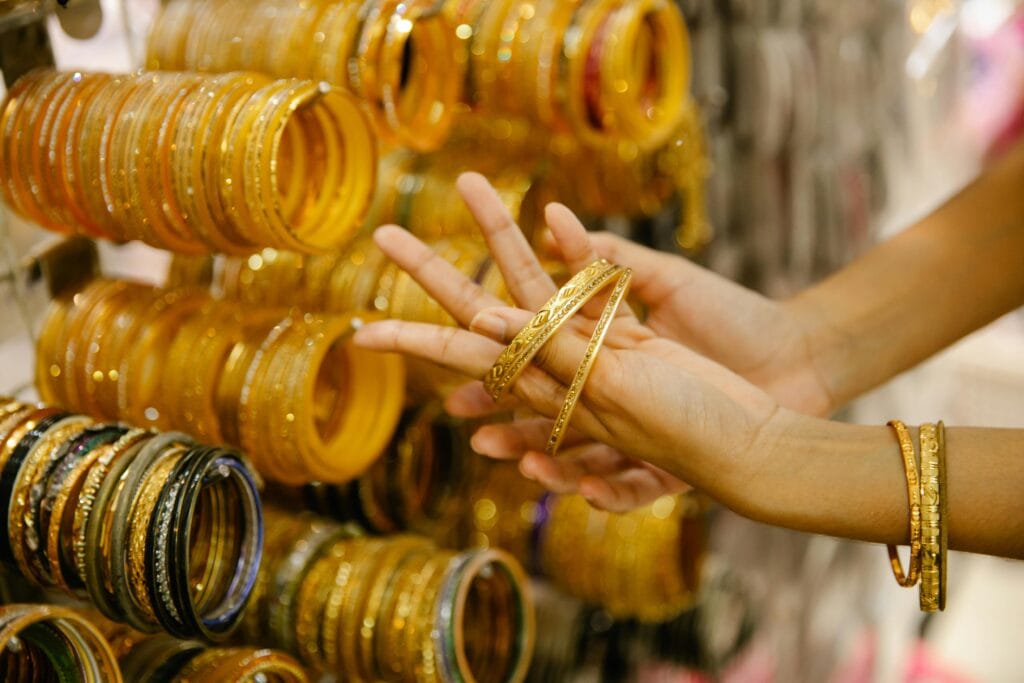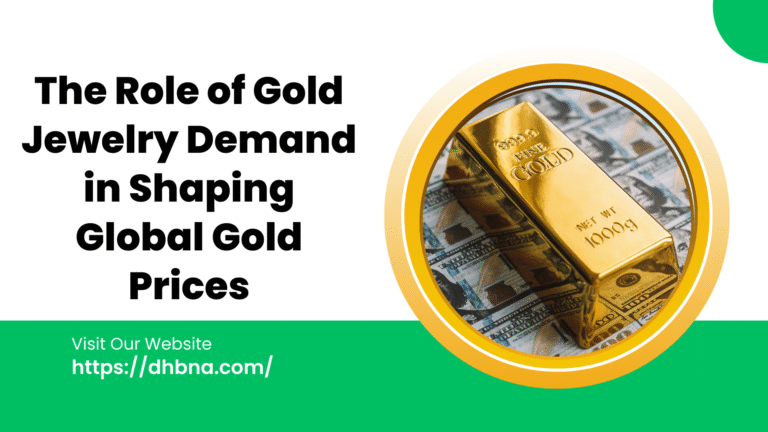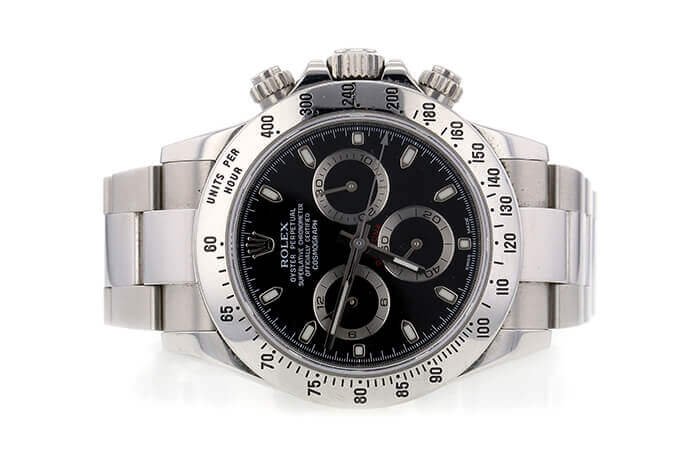Gold jewelry demand plays a pivotal role in shaping global gold prices. As one of the largest sources of physical gold consumption, the jewelry sector absorbs hundreds of tonnes of gold annually. In this The Role of Gold Jewelry Demand in Shaping Global Gold Prices article, we delve into how consumer preferences, cultural traditions, and seasonal cycles in major markets such as India, China, and the Middle East drive price dynamics. Understanding these forces is essential for investors, producers, and policymakers who seek to navigate the complex interplay between jewelry demand and bullion markets.
Gold Jewelry Demand Trends and Price Fundamentals
Jewelry Demand as a Core Pillar of Gold Consumption
Gold jewelry demand typically accounts for 45–50% of total annual gold consumption worldwide. When consumers increase purchases—often for weddings, festivals, or investment—demand surges, tightening physical supply and exerting upward pressure on prices. Conversely, in periods of economic stress, jewelry demand may soften, providing relief to bullion markets. Tracking jewelry off-take therefore offers early signals for price forecasts.
Linking Jewelry Demand to Price Elasticity
While gold has many uses, jewelry demand exhibits moderate price elasticity. Small price rises may temper demand in non-essential markets, but in cultures where gold jewelry is deeply ingrained as a store of value, consumers often maintain purchases despite fluctuations. This inelastic behavior in regions like India and the Middle East can create price support zones, especially during peak buying seasons.
Cultural and Regional Drivers
India: The World’s Largest Jewelry Market

India alone accounts for roughly 20–25% of global gold jewelry demand. Gold is woven into Indian weddings, festivals like Diwali, and familial gifts. Demand peaks in Q3–Q4 annually, coinciding with the wedding season and major festivals. Analysts watch Indian import data and consumer surveys as barometers for near-term price movements. A stronger rupee or government import restrictions can dampen off-take and cool prices, whereas relaxed tariffs and robust rural incomes typically boost both demand and prices.
China: Shifting Preferences and Urban Affluence
China’s growing middle class has fueled a shift from simple gold bars to intricately designed jewelry. Mainland demand surged past India in certain years, driven by urban affluence and changing fashion trends. The Chinese jewelry sector is also marked by rapid promotional campaigns and e-commerce sales peaks around Chinese New Year. Strong Chinese jewelry sales often correlate with global price increases, given the market’s size and dynamic consumption patterns.
Middle East: Tradition Meets Investment
In Gulf Cooperation Council (GCC) countries, gold jewelry combines ornamental use with investment motive. High disposable incomes and tax-free gold markets in Dubai and Riyadh drive year-round sales, spiking around Eid and wedding seasons. The region’s “wedding gold” tradition—where brides receive multiple sets—adds predictability to demand cycles, making Middle East buying an important pillar in global Gold Jewelry Demand analysis.
Seasonal Cycles and Price Impact
Wedding and Festival Seasons
Seasonality lies at the heart of jewelry-driven price swings.
- Indian Wedding Season (September–December): Historically the strongest period for jewelry offtake, often absorbing 50–60 tonnes of additional gold.
- Chinese New Year (January–February): A cultural peak in gifting jewelry, frequently elevating prices in early Q1.
- Eid al-Fitr and Eid al-Adha (varying dates): Boosts in Middle Eastern demand can amplify price strength in Q2 or Q3.
Forecasting these seasonal peaks allows traders to position ahead of anticipated physical demand, often leading to “pre-buying” in futures markets and contributing to price rallies.
Promotional Campaigns and Discounts
Retailers in major markets orchestrate discount events and promotional campaigns—such as India’s Akshaya Tritiya or China’s 618 Shopping Festival—to stimulate jewelry sales. These promotions can concentrate demand into short windows, creating sudden spikes in buying. The result in Gold Price Analysis is visible as sharp, albeit brief, upward price movements that coincide with campaign launches.
Interplay Between Jewelry and Investment Demand
Substitution Effects in Price Spikes
When gold prices surge beyond comfort levels for jewelry consumers, a substitution effect occurs: demand shifts from jewelry to investment bars and coins, which offer purer exposure. Conversely, in price pullbacks, jewelry becomes relatively more affordable, prompting a rebound in Gold Jewelry Demand. Understanding this dynamic helps explain mid-cycle corrections and counter-trend trading opportunities.
Central Bank Buying vs Jewelry Offtake
Central bank purchases often dominate headlines, but jewelry demand remains a consistent, if slower-moving, force. During periods of central bank calm, jewelry demand can assume primary influence over price direction. For instance, when central banks paused buying in late 2024, strong festive jewelry demand in India and China underpinned a gold rally, illustrating the sector’s price-shaping power.
Technical Analysis: Jewelry Demand Signals

Monitoring Premiums and Local Prices
Jewelry premiums—differences between local market prices and London spot—offer real-time signals on domestic demand pressure. Rising premiums in Mumbai or Shanghai typically precede physical shortages and price surges. Technical traders monitor these spreads alongside futures curves to gauge near-term jewelry-driven tightness.
Volume and Commitment of Traders (COT) Data
Futures volumes and COT positioning can reflect hedging activity from jewelry manufacturers. Sharp increases in short hedges by jewelry firms signal anticipated buying needs and can foreshadow price jumps. Integrating jewelry-sector hedging flows into Gold Price Analysis enhances forecast accuracy.
Sustainability and Ethical Sourcing Considerations
Impact of Responsible Jewelry Initiatives
Rising consumer awareness of conflict-free gold and sustainable sourcing influences jewelry demand patterns. Certifications—such as Fairmined or Responsible Jewellery Council—command small price premiums but tap into a growing niche. Over time, ethical sourcing trends may reshape broader demand, encouraging refiners to improve traceability and potentially affecting supply flows into jewelry markets.
Recycling and Second-Hand Market Dynamics
When jewelry prices peak, recycling rates increase as households scrap old jewelry. This recycled gold enters supply channels, alleviating some price pressure. Conversely, at lower gold prices, recycling slows, reducing available supply for jewelry recycling houses and further tightening the market. Gold Price Analysis incorporating scrap supply data yields a more nuanced view of supply-demand balance.
Emerging Trends: Digital and Designer Jewelry

E-Commerce and Digital Gold
The rise of online jewelry platforms and “digital gold” tokens has broadened consumer access. While these channels primarily target investment bar buyers, they also introduce younger demographics to gold ownership, gradually feeding back into jewelry purchases. Tracking e-commerce sales trends provides an early read on the evolving Gold Jewelry Demand landscape.
Designer Collaborations and Limited Editions
High-end designer collaborations and limited-edition jewelry launches—often priced at a premium—create episodic surges in demand among affluent consumers. These niche events, while small in volume, can spark broader media attention and drive speculative buying, contributing to short-term price rallies.
Modeling Jewelry Demand in Price Forecasts
Integrating Socioeconomic Indicators
By correlating jewelry sales data with indicators like rural wages in India, urban income in China, and tourism spending in the Middle East, modelers can refine demand estimates. For instance, a 5% rise in rural wages often translates into a similar uptick in rural jewelry purchases, tightening local markets and nudging up prices.
Scenario Analysis for Policy Changes
Import duty adjustments—such as India’s tariff changes—or monetary policy shifts that affect disposable incomes can be modeled to predict jewelry demand swings. Scenario analysis incorporating such policy variables helps anticipate price impacts up to 12 months ahead, enhancing the robustness of Gold Price Analysis.
Conclusion
The Role of Gold Jewelry Demand in Shaping Global Gold Prices is both foundational and multifaceted. Jewelry consumption—driven by cultural traditions, seasonal cycles, regional economic trends, and evolving consumer preferences—accounts for nearly half of global gold demand. Its interplay with investment flows, central bank activity, and technical market signals underscores the need for integrated analysis. For investors and traders, monitoring jewelry demand indicators—ranging from festival-season premiums to rural income trends—provides critical insights for forecasting price movements. As sustainability and digital channels continue to reshape the jewelry landscape, staying attuned to these developments will remain essential for navigating the dynamic world of gold.
Ready to enhance your gold market strategy? Subscribe to our newsletter for exclusive jewelry demand forecasts, technical alerts, and in-depth analyses delivered weekly—empowering you to trade gold with confidence and precision.



